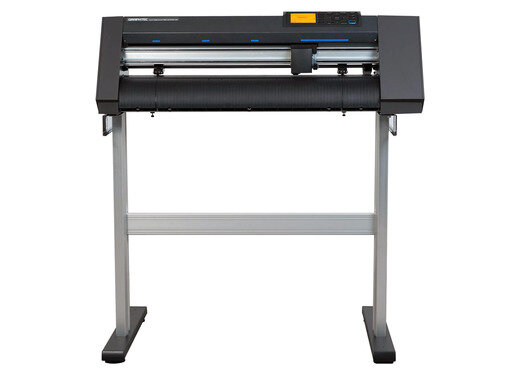Part 1: Technology
Why is printmaking still in use? I think we take that fact for granted. As technology, each major stage of printmaking was made obsolete by the next, and today all printmaking is obsolete to high-speed digital presses and screens that display dynamic graphics and live video.
In M.C. Escher’s book “Escher on Escher,” he describes why he typically used printmaking to create his designs and didn’t simply draw them. He emphasized the act of translation in the medium that allowed him to think and to represent his ideas as drawing alone simply couldn’t. The process was integral to the final design.
That benchmark is true of any tool that an artist uses, whether it is a homemade brush or carving tool, a lathe, or CAD software. Thinking of these artist tools as technology, the most simple, like painting and sculpture, have stayed with us the longest because they remain essential. Even CAD programs build on the language and imagery of the painter’s or sculptor’s studio.
The most simple tools retain the greatest utility. Even a broken wooden rake handle can prop open a door or be used to reach something or be repaired, but if an ergonomically sculpted aluminum handle is broken or bent, it’s more likely to be discarded completely. The same is true for artist tools. Those built on the most sophisticated technology become obsolete more quickly and require the most learning to repair or modify.
In the current landscape of creative technologies, I’d estimate that the greatest number of obsolete tools belong to the near past. They were either replaced by industrial processes outright or made obsolete by more advanced updates; early 20th century looms, 20 year old laser printers, and countless craft and industrial processes like Japanese katagami stencil printing or unique wax print processes.
But what allows obsolete tools or processes that are complex to stay around? I think the preservation and adaptation that some technologies have experienced is largely due to culture and values. Printmaking and textile arts like quilting, knitting, and weaving serve as good examples of this. All are practiced in various early forms, which date back thousands of years, and in many other forms by artists and crafts people using computerized sewing machines, hand knitting machines, and miniature Jacquard looms.
These processes have existed long enough to become a part of many cultures and people find joy in using them that can never be replaced by the efficiency or cost of images and cloths produced by highly efficient facilities. What’s interesting to me now is seeing how some unique industrial processes, and newly obsolete technologies have found new audiences.
In the video below, Hermès designers work with a Japanese family still practicing a unique wax printing process that was innovated in Europe but otherwise lost due to the rise of less costly processes. Hermès designers understand the cultural value that this work and expertise represents.
Other obsolete technologies have also experienced a resurgence of interest with younger artist and designers. Notably, these technologies are partially or entirely manual. It’s likely that the tactility and creativity of working with unpredictable manual processes and tools is part of the appeal for a generation that often feels overwhelmed by the presence of screens in their lives.
One of those mediums is machine hand tufting, which has almost single-handedly been proliferated by Tim Eads at TuftingGun.com. There’s now a growing community of people using this tool to make their art or fashion. Notably, Tim’s site includes a forum for hand-tufters to share stories and advice. The community that’s built around processes is integral to their survival.
Two other examples are Risograph printing and pen plotters. Both imaging technologies date back to the 1970’s and have both been replaced by modern digital printers. The pen plotter was developed to replace the draftsperson by converting a vector path designed with CAD software into an ink line plotted on paper. The Risograph printer is a sort of hybrid between an office copier and a printing press, printing limited colors individually.
The pen plotter has primarily been embraced by communities of designers working with code to create generative art and then to translate those images into a tactile form. Riso has found it’s audience with younger artists and designers who have a deep understanding of making art in a digital space but are finding new engagement with their work through that very same act of translation that captivated Escher 100 years earlier.
These hybrid digital processes haven’t been around very long, but the experience and utility they provide speak to a shared sense of values that embraces imperfection, tactility, and the creative struggle of translation unique to each medium. That alone is important but there’s a larger point that this leads towards which I’ll address in part two: Innovation.






